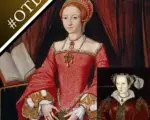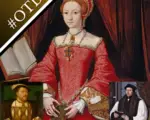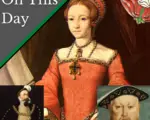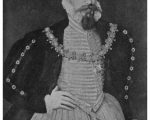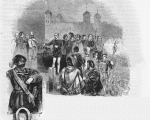Henry Grey was born on 17th January 1517 at Bradgate in Leicestershire. He was the eldest son of Thomas Grey, 2nd Marquess of Dorset, and the marquess’s second wife, Margaret Wotton, who was the widow of William Medley. Henry’s father was the grandson of Sir John Grey of Groby, Leicestershire, and Elizabeth Woodville, who went on to marry King Edward IV.
After his father’s death in 1530, thirteen-year-old Henry became Marquess of Dorset and also the ward of Charles Brandon, Duke of Suffolk and a close friend of King Henry VIII. Henry had been betrothed to Katherine Fitzalan, daughter of the Earl of Arundel, but in May 1533 Henry married Frances Brandon, daughter of Suffolk by his first wife, Mary Tudor, Queen of France. Frances’ mother died in June 1533 and her father went on to marry his other ward, Katherine Willoughby, in September 1533. Suffolk supported Henry and Frances financially until Henry reached his majority. The couple went on to have five children, but the first two, a son and daughter, died in infancy. Their eldest surviving daughter, Jane, the future Lady Jane Grey or Queen Jane, was born in 1537, followed by Katherine in 1540 and Mary in 1545.
[Read More...]
